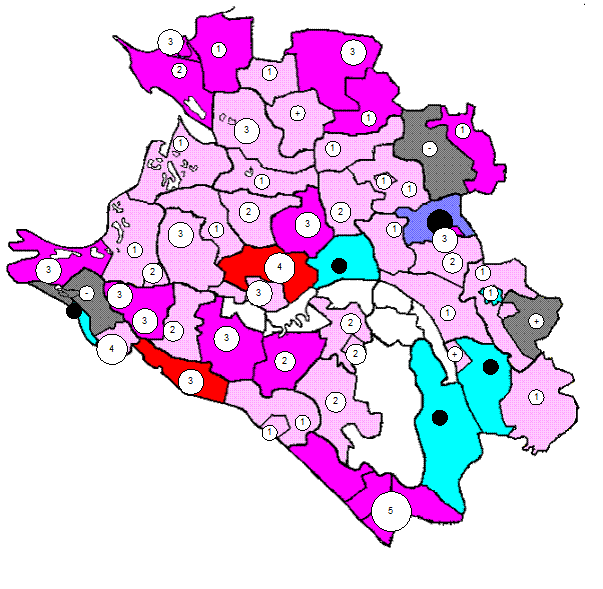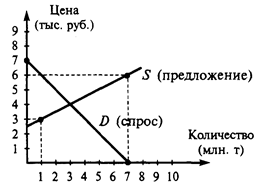Language Study. A) Fill in the gaps with the words from the box: welding torch, manipulator, stimuli, controller
A) Fill in the gaps with the words from the box:
Industrial robots are commonplace in assembly, painting, welding, packaging and other industries that require high speed, 1)…… and precision. The International Standards Organization for Standardization defines an industrial robot as "automatically controlled, reprogrammable, multipurpose 2)…… programmable in three or more 3)……" Industrial robots are machines that perform specific tasks according to programmed instructions that specify their acceleration, deceleration, direction and even chart out how many times a single process has to be performed within a given period of time. Industrial robots have highly technical components that require constant maintenance for maximum performance. A 4)…… is the external, coordinating component of an industrial robot. It gives instructions, in order of their execution, to various parts of the robot to coordinate work. It also manages all external connections -- connections made between the robot and other machines. They are typically computers that function by running sets of instructions or programs. The 5)…… is the extendable part of an industrial robot that puts instructions in motion. Some of the more advanced industrial robot models have parts called the shoulder, joints and elbow. The effector forms a bride between the robot and material that requires manipulation. It behaves as a hand and makes direct contact with materials. Effectors are modified according to their end needs. Common effectors include scalpel, tweezers, vacuum pump, 6)…… and other attachments that allow the robot to function. The industrial robot 7)…… is its motor or engine, which administers information to its joints, or links. These links are connected with, and move, different parts of the robot. Industrial robots use three different types of drives, including electric, hydraulic and pneumatic. Electrically powered drives are efficient and fast, but not cost effective. Hydraulic systems are comparatively affordable, but fall short in terms of efficiency and speed. Pneumatic drive systems are typically used to control smaller robots. 8)…… are special devices that provide information to a robot about its surroundings. They receive external 9)…… and send it to the controller, which 10)…… it accordingly. They are typically used in factories where multiple robots work close to each other to prevent them from bumping into one other. http://www.ehow.com/list_7210160_parts-industrial-robot.html
B) Match the industrial robot’s defining parameters with their description:
http://en.academic.ru/dic.nsf/enwiki/101933
|




